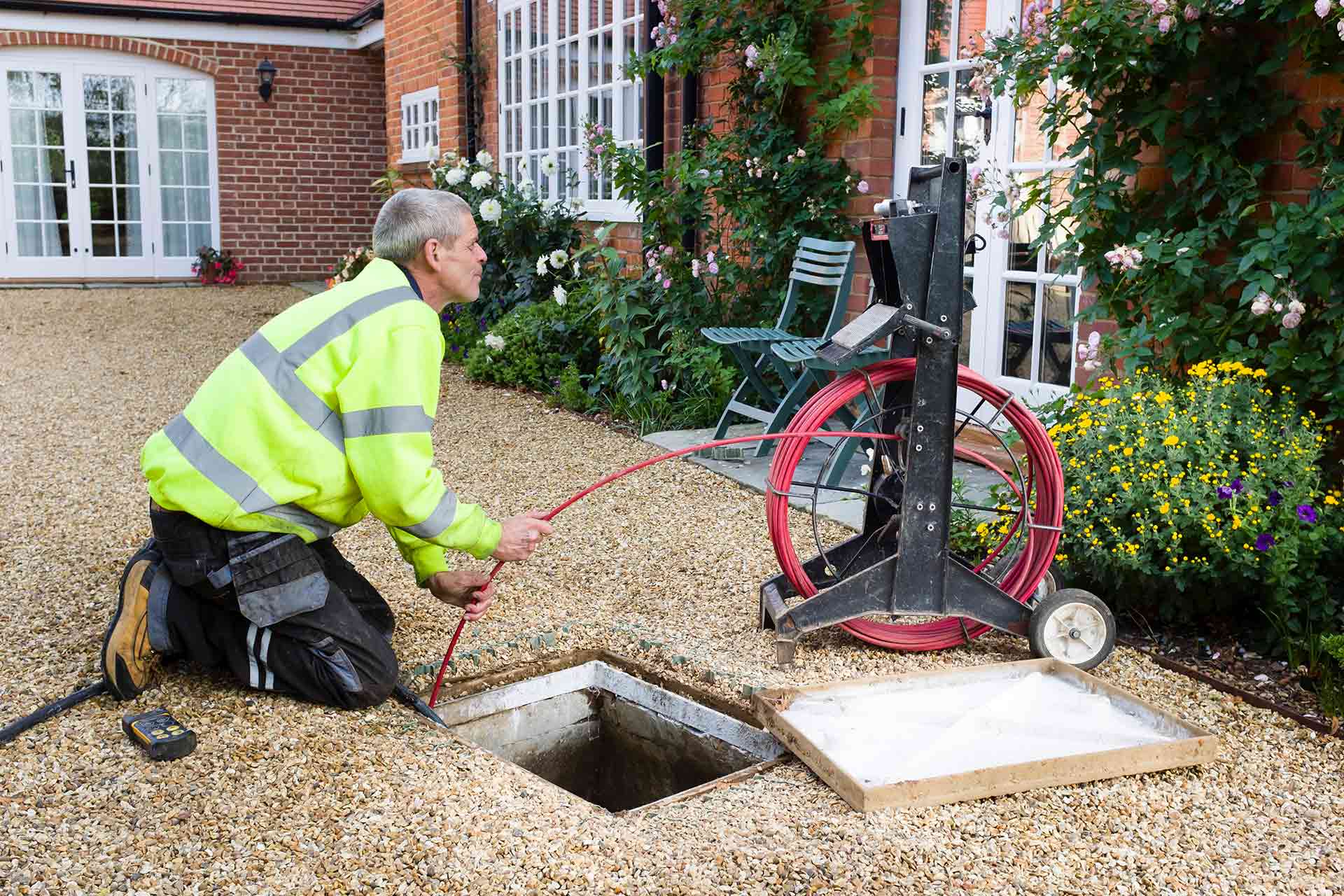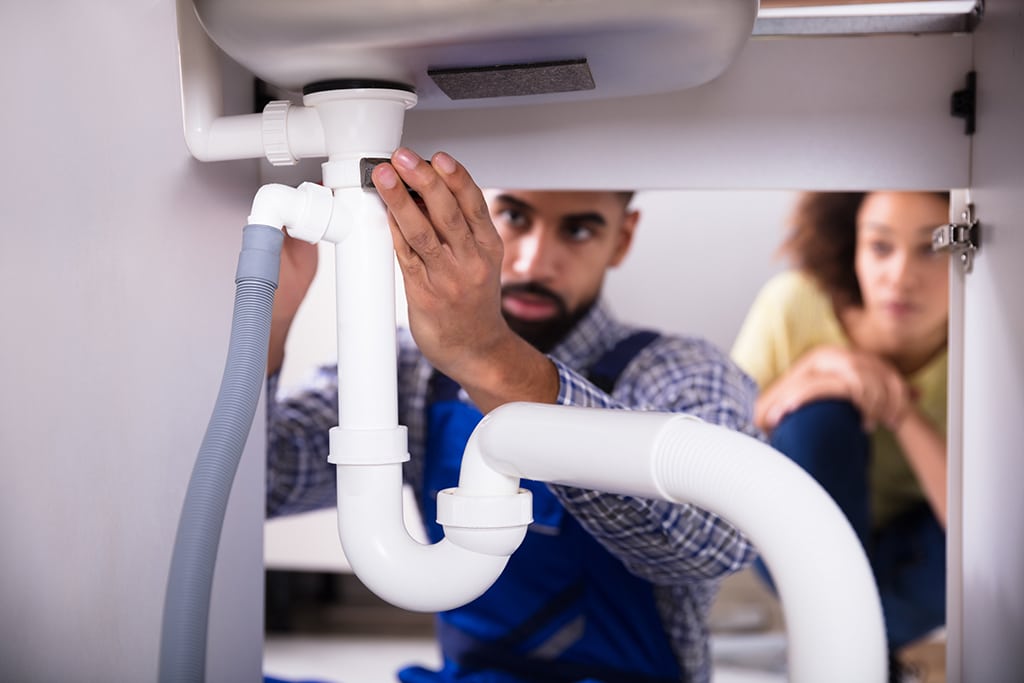Measures to Implement for Clearing a Blocked Drain Prior to Calling Plumbing Experts
Measures to Implement for Clearing a Blocked Drain Prior to Calling Plumbing Experts
Blog Article
Everybody is bound to have their own unique theory involving What I learned from trying to deal with a clogged drain.

Introduction
Taking care of a blocked drain can be an irritating experience, disrupting everyday activities and possibly causing damage to your building. However, before reaching out to plumbing professionals, there are steps you can take to resolve the issue on your own. In this guide, we'll discover DIY solutions and safety nets to tackle a blocked drain properly.
Identifying the Concern
The initial step in dealing with an obstructed drainpipe is recognizing the indicators. Slow drain, gurgling noises, foul odors emanating from drains pipes, or water backing up prevail signs of a blocked drainpipe. Determining these signs early can assist prevent additionally problems.
Common Reasons For Blocked Drainpipes
Comprehending the factors that contribute to drain pipes blockages is necessary for effective resolution. Typical wrongdoers include hair, soap scum, grease, food particles, and international things like sanitary items or paper towels. Tree origins attacking underground pipes can likewise trigger substantial clogs.
Do it yourself Solutions
For small clogs, numerous do it yourself services can be effective. Pouring boiling water down the drainpipe can aid liquify oil and particles. Baking soda and vinegar or a mix of salt and baking soda can serve as natural cleansers. Making use of a bettor or plumbing serpent to dislodge obstructions is one more alternative.
Tools and Equipment
Having the right tools on hand can make DIY drain cleansing much more reliable. A plunger is a flexible device for clearing obstructions in sinks, commodes, and showers. A plumbing snake or auger can get to much deeper blockages, while drainpipe cleaning chemicals can be utilized carefully for persistent obstructions.
Preventive Measures
To prevent future obstructions, taking on safety nets is crucial. Install drain guards or strainers to capture hair and particles before they enter the pipes. On a regular basis flush drains with hot water to dissolve grease build-up, and stay clear of taking care of oil or strong waste down the drain.
When to Call a Specialist
While DIY options can solve small obstructions, certain indicators indicate the need for specialist support. Persistent obstructions, foul odors despite cleaning efforts, or several drains backing up simultaneously are warnings that necessitate skilled intervention.
Selecting the Right Plumbing Service
When picking a plumbing solution, consider variables such as experience, licensing, and consumer evaluations. Pick a reliable plumbing technician with a track record of high quality handiwork and transparent prices techniques.
Cost Considerations
The price of specialist drain cleaning company can vary depending upon the seriousness of the blockage and the plumbing professional's rates. Demand quotes from several service providers and ask about any service charges to make certain openness and stay clear of shocks.
Security Precautions
When attempting DIY drain cleaning, prioritize safety. Put on safety handwear covers and eyeglasses to avoid contact with dangerous chemicals or germs. Never blend different drain cleansing products, as this can generate harmful fumes.
Case Researches
Real-life examples highlight the efficiency of do it yourself options and the significance of prompt professional intervention in resolving drain blockages.
Verdict
By complying with the tips detailed in this overview, you can effectively deal with obstructed drains pipes and prevent future plumbing problems. Whether going with DIY services or looking for specialist aid, prompt action is key to keeping a healthy and balanced plumbing system and maintaining the stability of your home.
How to Clear a Clogged Drain Yourself (And When to Call In the Professionals)
What Can Clog a Drain
Dirt Skin flakes Hair Grease Soap scum Food Offset pipes Tree roots Small objects Mineral buildup DIY Tricks to Unclog a Drain
You can fix this! Once you have identified the source of the clog (or have a vague idea), you can try one or a combination of these fixes in order to clear your plumbing.
Wire Hanger or Snake
Untangle and clear out hair from a drainpipe with a homemade snake. Use a straightened-out wire hanger with a 90-degree angle hook to locate the clog and drag out any unwanted material.
Remember not to push the clog further down to where the wire hanger cannot reach! If you need to follow up with a plunger, give it a try. Your efforts might be more successful after it’s been wire-snaked.
If you want to get fancy and don’t have a wire hanger to spare, head to the store and pick up a hand-operated drain snake. You can get one for $10-$30. It may save you the hassle, and provide additional length to reach deep into the clogged pipe.
Plunger
A cup plunger has a suction cup attached to a wooden handle. The rubber creates a seal around the drain, and increases the pressure force of the plunger.
Plunge for 30-second increments to loosen the clog. This may need to be repeated over the course of 15-20 minutes. Once plunged, run the water to flush the remaining material out of the drain.
Remember– never use a plunger if you have used a chemical drain cleaner. These chemicals can splash up from the force of the plunger and cause serious injury or burns.
Boiling Water
Hot water can sometimes break up materials into a flushable amount. Dirt, grease, and soap buildup requires heat in order to unstick from surfaces.
Take your kitchen kettle and heat your water to a boil. Once it reaches a rolling boil, pour it directly down the drain into the blockage. Carefully follow with plunging, if necessary.
Don’t worry if this takes more than one try! It can often take multiple kettles and repeated plunging in order to clear a particularly stubborn clog.
Chemical Drain Cleaner
As a last resort, pick up a bottle of chemical drain cleaner. Drain-cleaning chemicals are potent, and not very good for the environment.
You may need to wear protective eyewear in gloves before handling your bottle of chemical drain cleaner. Follow the instructions printed on the bottle, and flush with water as soon as the instructions allow. Do not follow with plunging.
Baking Soda and Vinegar
As a safer alternative to chemical drain cleaner, baking soda and vinegar can create a chemical reaction that clears tough clogs.
Combine one cup of cleaning vinegar with one cup of boiling water, and set aside. Once you have done this, pour half a cup of baking soda down the drain. Give the baking thirty seconds to settle and cover a large portion of the problem drain.
Following the baking soda, pour down your vinegar and hot water solution. Once the vinegar and baking soda combine, the mixture will bubble and fix. Let this reaction fizzle in the drain for about an hour.
After an hour, follow with a kettle’s worth of hot water. The heat and liquid should flush out any remaining material.
When to Call a Plumber
If your DIY attempts haven’t cleared your clog drain, it’s time to call in a professional. It’s not worth losing access to your kitchen sink or high-traffic bathroom. A clog in a vital area can keep you from the things you’d rather be doing, and derail your routine.
Anytime a clog is causing water to spread is a time to call in a plumbing service. What starts out as a little bit of water can quickly grow into serious, expensive water damage.
Additionally, a serious clog can result in burst pipes or serious leaks. Make sure you know when to take it seriously!
https://myguysnow.com/how-to-clear-a-clogged-drain-yourself-and-when-to-call-in-the-professionals/

As a passionate person who reads on 8 Tips For Clearing A Blocked Drain, I figured sharing that post was really helpful. In case you enjoyed reading our article if you please don't forget to share it. Thanks a lot for taking the time to read it.
Website Report this page